Launched in 1993 and formalized in 1994, the National Wind Coordinating Collaborative (NWCC) was initiated and has been supported by the U.S. Department of Energy (DOE) and the National Renewable Energy Laboratory (NREL) to provide an independent forum for a wide range of stakeholders – including government agencies, industry, conservationists, academics, and the general public – to pursue the shared objective of developing environmentally, economically, and politically sustainable commercial markets for wind power in the United States. The NWCC retired in early 2021.
In its early years, the NWCC established a mission: to promote sustainable development of wind power, environmental, social, and economic sustainability. Over the years, the NWCC considered a range of issues raised by a broad group of stakeholders starting with wildlife impacts, and quickly expanded to the integration of electric transmission, siting and permitting procedures, economic development impacts, emissions reduction and other environmental impacts, and renewable energy credit trading, among others. In 2011, the activities of the NWCC shifted back to focus solely on interactions between wind energy and wildlife.
From 2012 until its retirement in early 2021, the NWCC was administered by the American Wind Wildlife Institute (AWWI) and served to share and provide a forum for collaboration on wind-wildlife news, research, and results through email newsletters, webinars, and the NWCC website – during which time the NWCC audience grew from around 950 to more than 2,000 subscribers. As needs arose, the NWCC also facilitated research collaboratives focused on establishing research priorities, and supported research into specific species or groups of species of particular interest for wind energy development.
Learn more about outreach and research collaboratives through the NWCC:
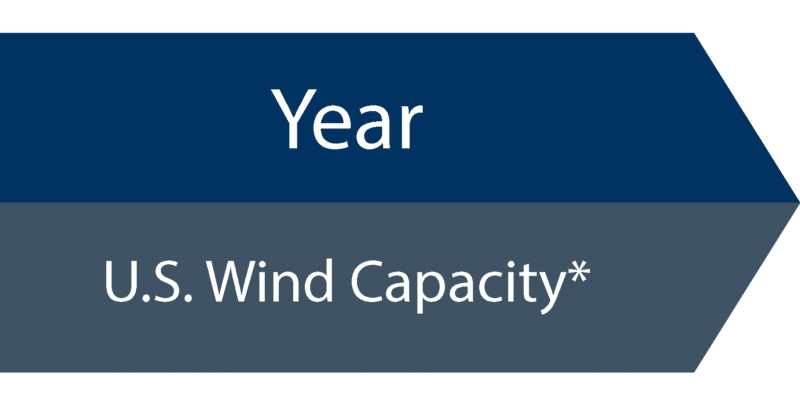
Milestone
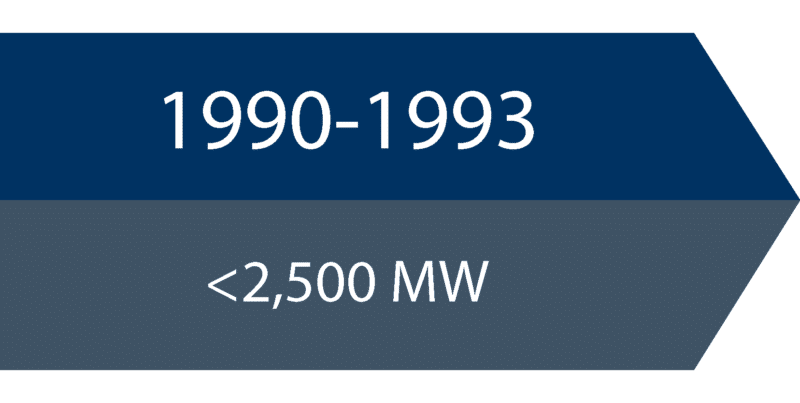
Concern about the potential impact of wind energy facilities grows among wildlife advocates. As wind energy development begins to take place in the United States, adverse impacts are observed and recorded. The need for a collaborative forum about these concerns begins to arise, and the U.S. Department of Energy becomes engaged.
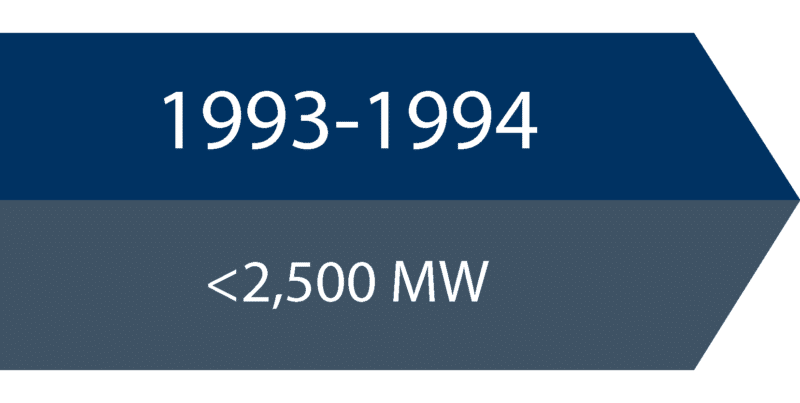
The NWCC is formed to provide a neutral forum for a wide range of stakeholders – including government agencies, wind energy industry, conservationists, academics, and the general public – to pursue the shared objective of developing environmentally, economically, and politically sustainable commercial markets for wind power in the U.S. Over the years, the NWCC will provide a forum for collaboration and outreach in the wind energy and wildlife community.
The first National Avian-Wind Power Planning Meeting is held; this is the opportunity for the wind energy industry, conservation community, scientists, and state/federal agencies to meet and share perspectives on impacts of wind projects on avian species.
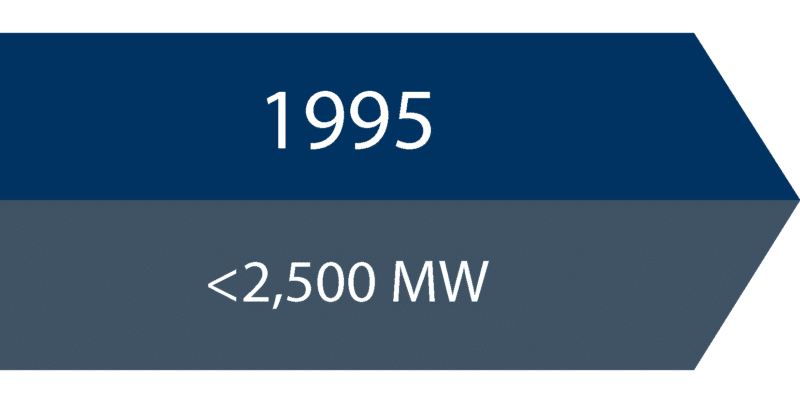
National Avian-Wind Power Planning Meeting II is held, with a focus on identifying the important questions to address the methods needed to study potential impacts from wind energy to birds. Next steps include developing conceptual models, metrics, data protocols, and statistics. The NWCC becomes a resource to NREL in setting up a research program to begin answering questions raised at the meeting.
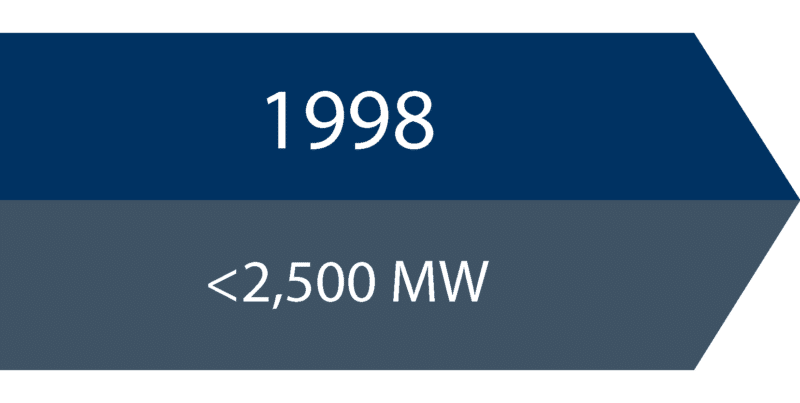
National Avian-Wind Power Planning Meeting III is held, updating what has been learned and beginning the identification of priority concerns – i.e., nocturnal species, methods to address risk and behavior assessments – as well as beginning discussions on approaches to impact reduction.
The NWCC publishes “Wind Facility Permitting Handbook” to provide guidance on siting and permitting of new wind installations.
The NWCC publishes “Studying Wind Energy/Bird Interactions: A Guidance Document; ” to encourage and support greater consistency, rigor, and comparability of wind-wildlife studies at different projects.
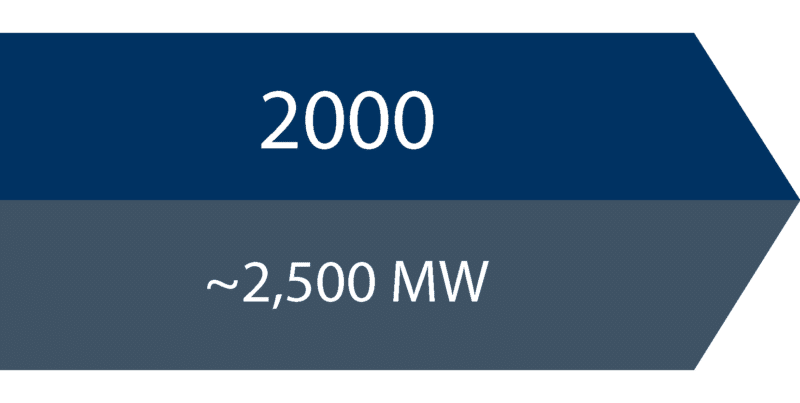
National Avian-Wind Power Planning Meeting IV is held; topics include species vulnerability and site-specific issues. The NWCC invites experts from other fields to look at technology solutions for wildlife challenges from wind energy development.
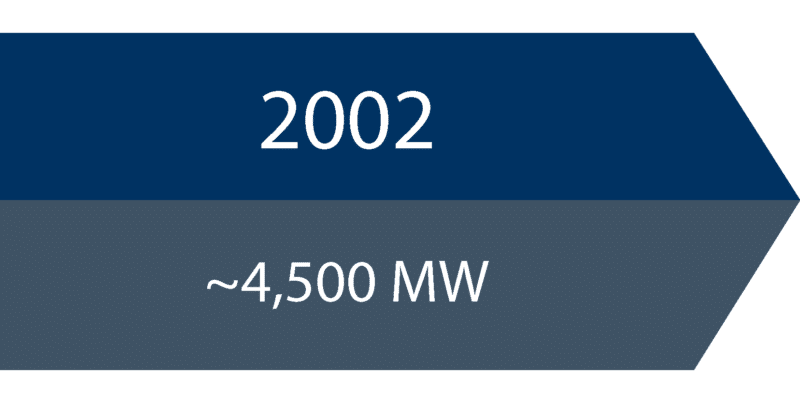
The NWCC publishes “Permitting of Wind Energy Facilities,” an update of the 1998 Permitting Handbook. This revision incorporates avian interaction guidelines.
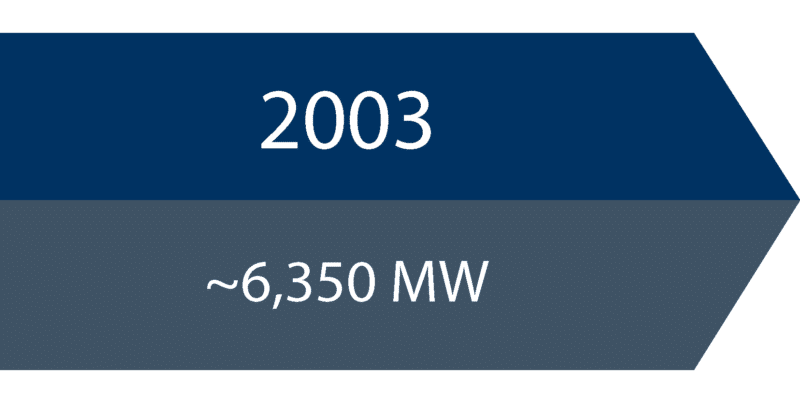
The Bats and Wind Energy Cooperative (BWEC) is formed. (Independent of NWCC)
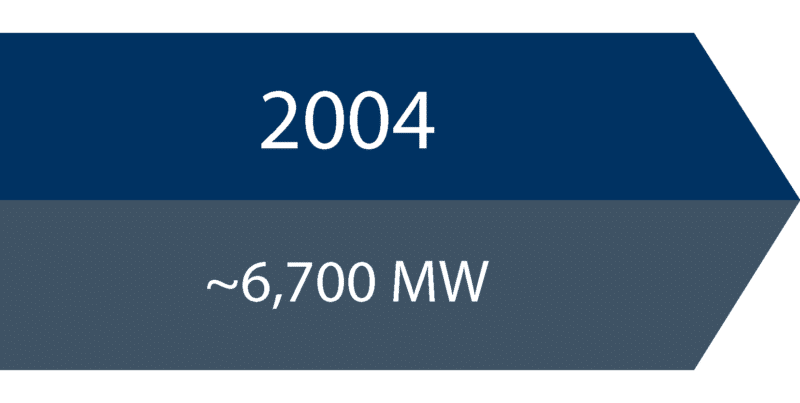
Wildlife Research Meeting V is held; the meeting objectives are defined as bringing the community of stakeholders up to date on the research being done to understand the interaction of birds, bats, grassland species, and other wildlife with wind energy development; to look at what has been learned about ways to minimize or mitigate wind energy’s impacts on wildlife; and to identify gaps in knowledge and research needs.
The NWCC publishes “Wind Turbine Interactions with Birds and Bats: A Summary of Research Results and Remaining Questions,” the first consensus summary of what is known about bird and bat interactions with land‐based wind power in North America, and what key questions and knowledge gaps remain.
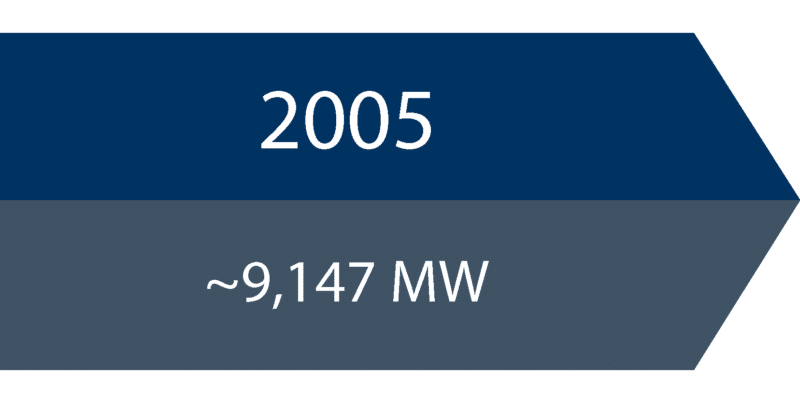
The Grassland Community Collaborative (GCC) is formed, a collaborative effort to: 1) identify research questions; 2) secure and administer cooperative funding to conduct research; 3) encourage peer-reviewed collaborative research; and 4) identify both potential impacts and mitigation strategies to address impacts. The GCC oversees a comprehensive seven-year research project led by Drs. Brett Sandercock and Samantha Wisely on the effects of wind power development on greater prairie-chicken.
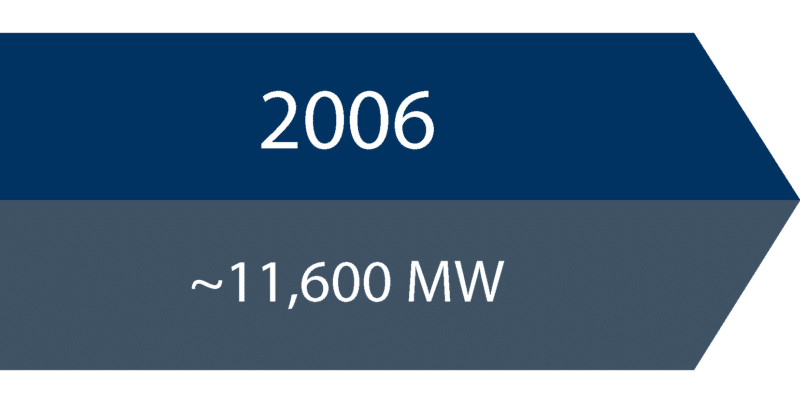
Wildlife Research Meeting VI is held; research is seen as sufficient to support selected combined analyses on data from multiple studies, and techniques for studying offshore wind energy and wildlife begin.
NWCC announces a collaborative study of the effects of wind power on prairie-chicken demography and population genetics, a 4-year collaborative research project of the Grassland and Shrub Steppe Species Collaborative (GS3C), a subgroup of the NWCC Wildlife Workgroup .
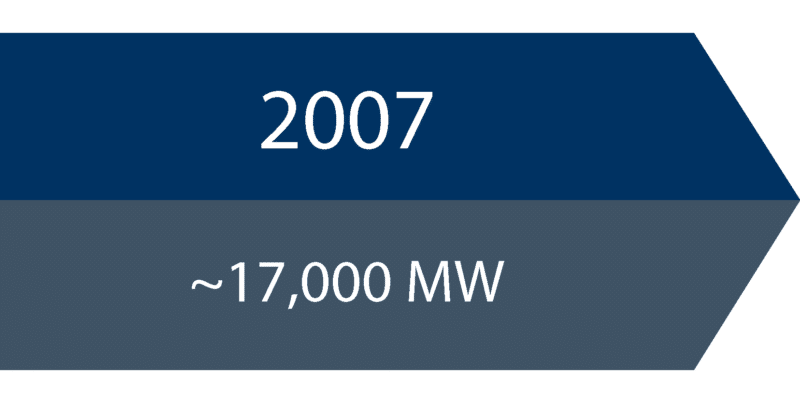
Western Resource Advocates, with support from the Energy Foundation and NWCC, host Western Transmission and Wildlife Needs at a Crossroads: A Topical Workshop.
An NWCC resource document, “Assessing Impacts of Wind-Energy Development on Nocturnally Active Birds and Bats A Guidance Document,” is published.
The NWCC releases “Mitigation Toolbox,” which compiles mitigation policies, guidelines, and research available at the time to minimize negative impacts to wildlife that result from wind energy development and operation.
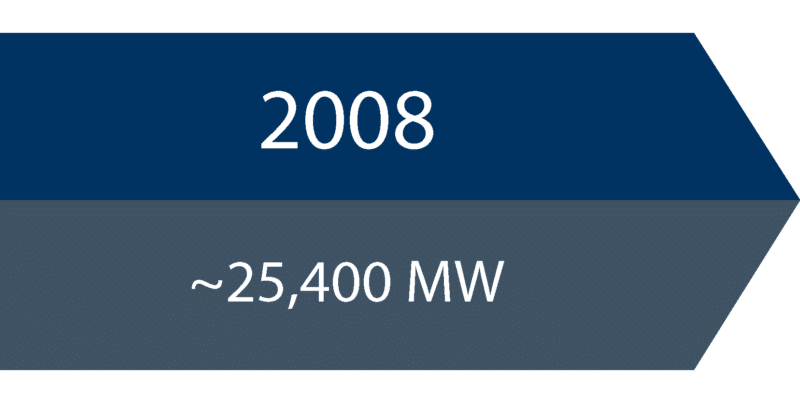
Wildlife Research Meeting VII is held; the wind-wildlife community recognizes the importance of looking at how shrub/steppe/grassland birds interact with wind energy development.
The American Wind Wildlife Institute (AWWI) is formed. (Independent of NWCC)
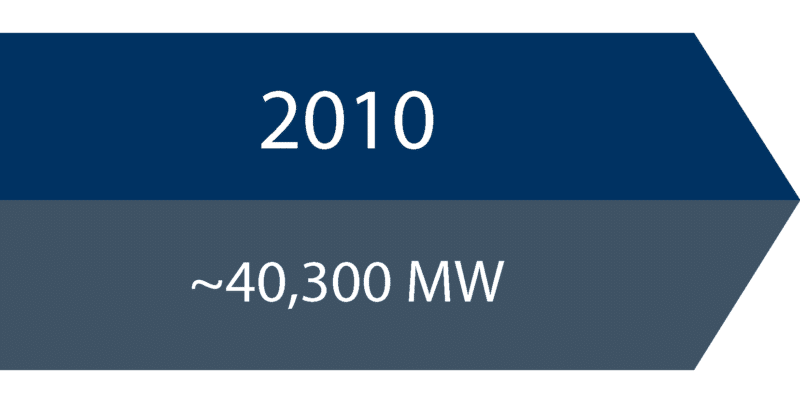
Wildlife Research Meeting VIII is held; an independent peer review process is established and presentations are selected through this process. Participants discuss the latest wind-wildlife research findings, having evolved from posing questions about impacts to drawing conclusions and answering some of the questions, and offering how to minimize and mitigate.
The U.S. Fish & Wildlife Service Wind Energy Guidelines Federal Advisory Committee comes to a consensus agreement on a set of recommendations which are submitted to the Secretary of the Interior.
The Sage-Grouse Research Collaborative is formed to coordinate and provide funding for studies examining the potential impacts of wind energy development on sage-grouse across their range with the goal of informing wind development and sage-grouse management strategies.
The NWCC published the consensus fact sheet “Wind Turbine Interactions with Birds, Bats, and their Habitats: A Summary of Research Results and Priority Questions,” updating the 2004 fact sheet and adding information on habitat impacts.
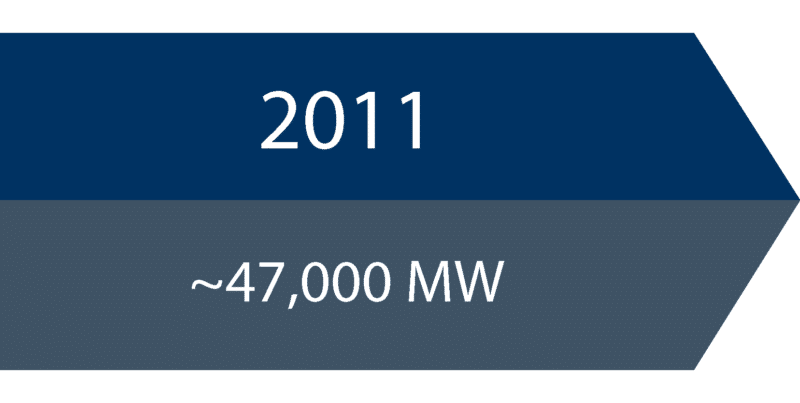
The NWCC shifts its focus from a broad range of issues related to wind power to the more consolidated goal of addressing issues related to wind power and wildlife interactions.
The seminal NWCC publication “Comprehensive Guide to Studying Wind Energy/Wildlife Interactions” is released (aka Methods and Metrics).
The NWCC releases “Wildlife Workgroup: History, Accomplishments, and Future,” a summary of its work in the wind-wildlife arena since 1994, including a look into the future.
The Western Governors Association begins work on the Crucial Habitat Assessment Tool (CHAT).
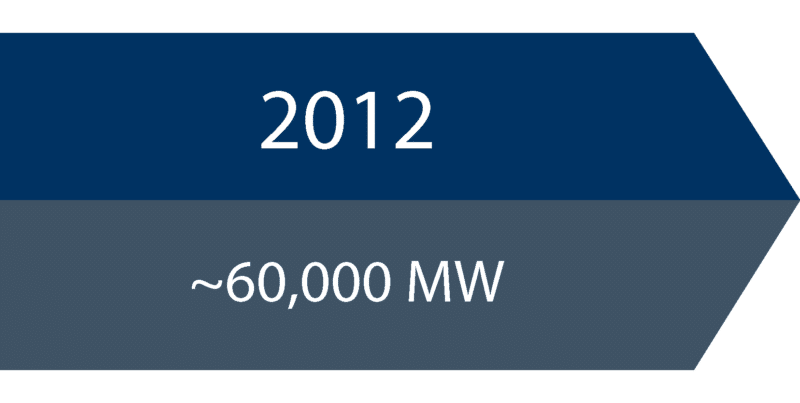
NWCC Wind Wildlife Research Meeting IX is held; the meeting focuses on research pertaining to wildlife fatalities, habitat and behavioral impacts, cumulative and landscape-scale impacts to species, and mitigation techniques and technologies; considerations for offshore wind are presented.
The U.S. Fish & Wildlife Service Land-Based Wind Energy Guidelines are finalized.
WREN (Working Together to Resolve Environmental Effects of Wind Energy) is established by the IEA Technology Collaboration Programme (TCP) for Co-Operation in the Research, Development, and Deployment of Wind Energy Systems, with the U.S. leading the effort via support from the National Renewable Energy Laboratory (NREL), the Pacific Northwest National Laboratory (PNNL), and the US Department of Energy’s Wind Energy Technologies Office (WETO). (Independent of NWCC).
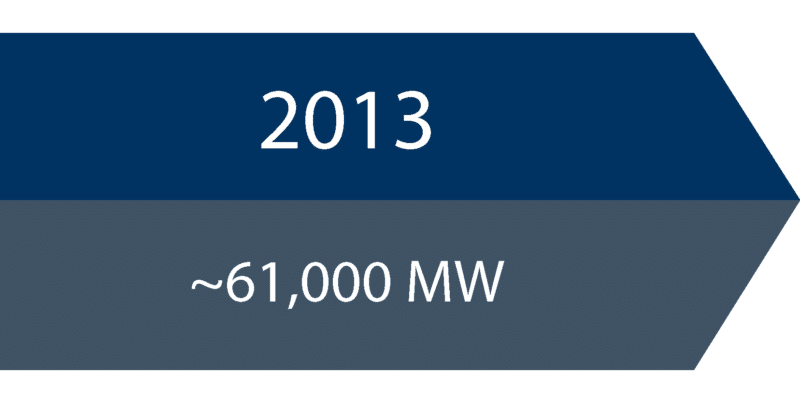
“Environmental Impacts of Wind Power Development on the Population Biology of Greater Prairie-Chickens,” a report resulting from the GCC, is published.
The NWCC publishes the research brief “Effects of Wind Power Development on the Population Biology of Greater Prairie-Chickens in Kansas”; it summarizes key findings from a comprehensive seven-year research project on the effects of wind power development on greater prairie-chickens.
Crucial Habitat Assessment Tool (CHAT) is launched, managed by the Western Association of Fish & Wildlife agencies.
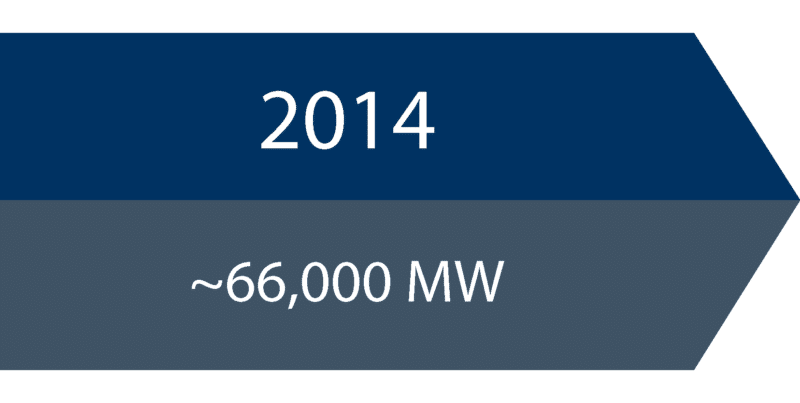
NWCC Wind Wildlife Research Meeting X is held; presentations cover focus areas that include technologies for detecting and deterring wildlife, assessing risk to eagles, and assessing mechanisms to avoid and minimize impacts on bats.
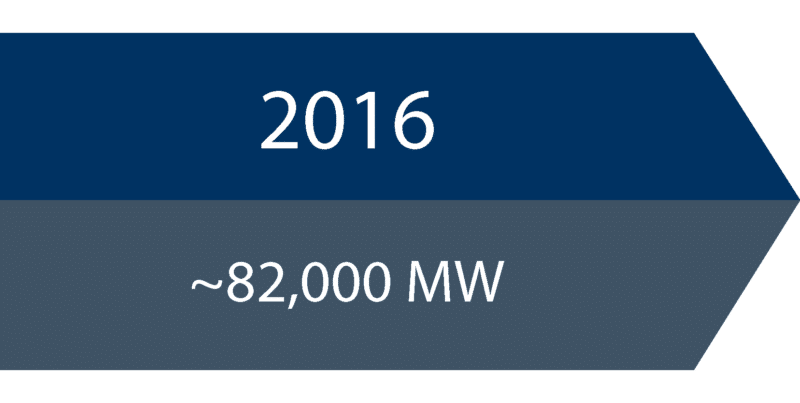
NWCC Wind Wildlife Research Meeting XI is held; presentations are given on balancing wind energy development and wildlife conservation. Major focus areas include eagle detection and deterrence, as well as extensive new studies on bat fatalities, curtailment strategies, and population level impacts.
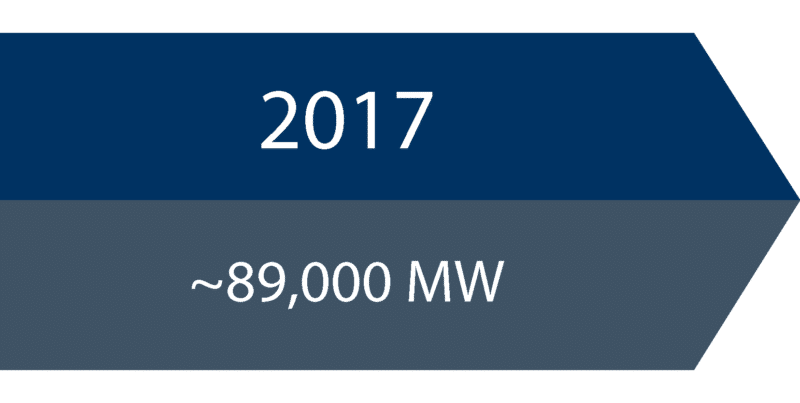
“A Study of the Impacts of a Wind Energy Development on Greater Sage-Grouse Populations in Southeastern Wyoming” and four other peer-reviewed publications resulting from Sage Grouse Research Collaborative Funding are published between 2015 and 2017.
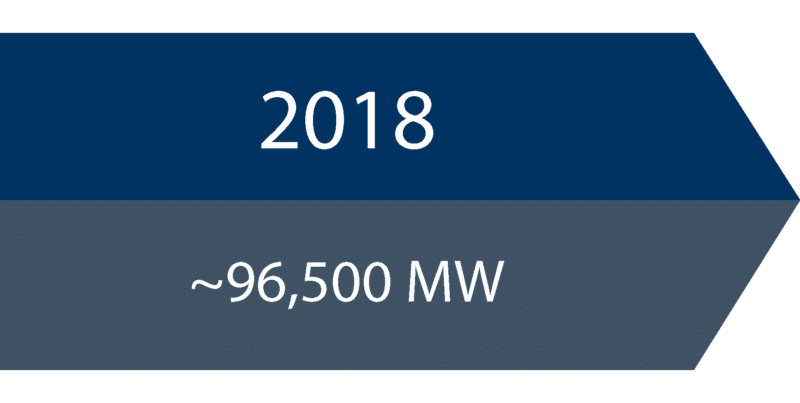
NWCC Wind Wildlife Research Meeting XII is held; presentations and panels cover current research on wind energy-related wildlife fatalities, habitat and behavioral impacts, avoidance, minimization, and mitigation strategies and technologies, and dialogue on balancing wind energy development and wildlife conservation.
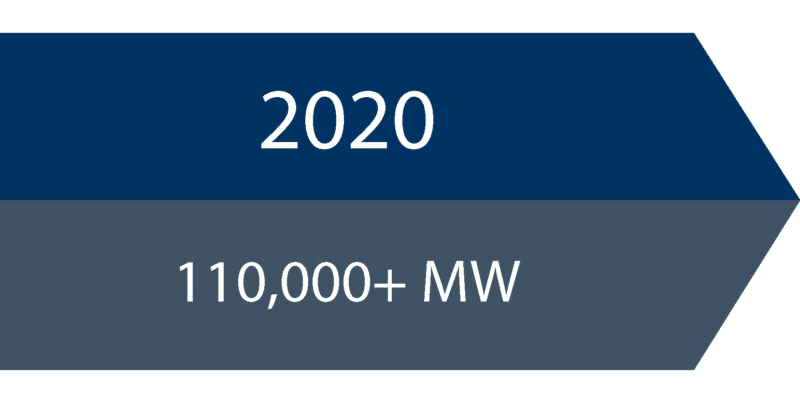
The NWCC publishes “Behavioral Response of Grouse to Wind Energy Turbines,” a meta-analysis that reviews multiple studies to determine the magnitude of the effect of wind turbines on grouse habitat selection, lek attendance, and survival at various distances from wind turbines.
NWCC Wind Wildlife Research Meeting XIII is held, the last meeting under the NWCC name; the virtual event features live sessions and panels and on demand presentations on research addressing wildlife and onshore and offshore wind energy siting, development, and operations. Emerging themes include advancements and the future of technological solutions, and contextualizing/synthesizing wind energy operations and their impacts on wildlife.
The NWCC and NREL hold a Virtual Forum on Prairie Grouse and Wind Energy; participants discuss a white paper titled “Prairie grouse and wind energy: the state of the science” on current knowledge on prairie grouse and wind energy; research methods, tools, and challenges; knowledge gaps and research needs; and possibilities for addressing challenges in the future.
The NWCC is retired; research and materials are transferred to www.rewi.org and tethys.pnnl.gov